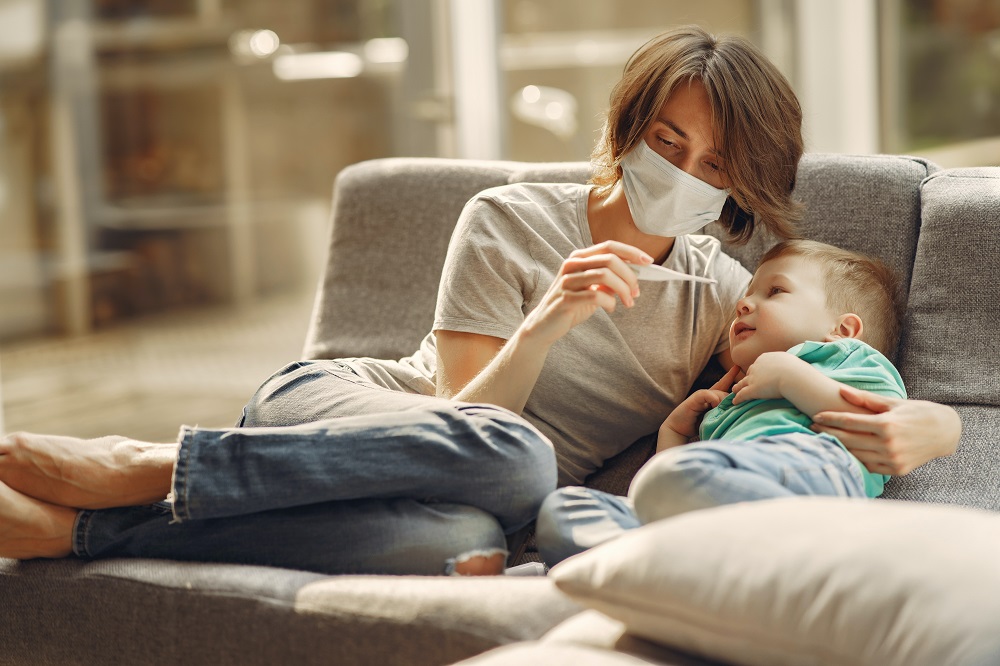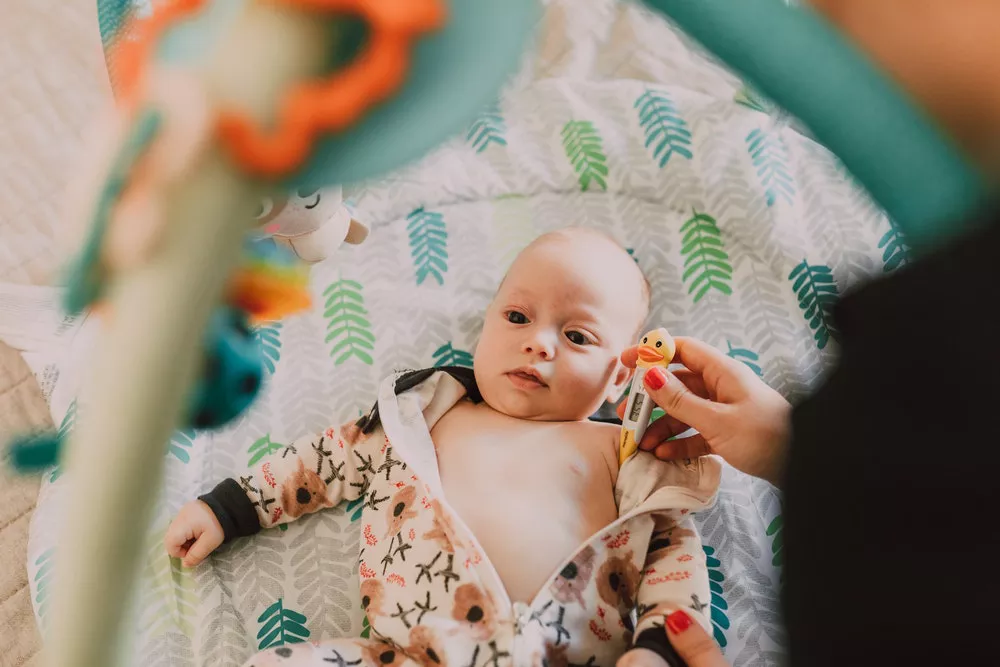Fever is defined as a body temperature (anal temperature) above 38°C. Infection, inflammation, tumors, and metabolic immune causes can lead to fever in children. The causes of fever and the measures to deal with fever vary among children of different ages.
These types of fevers require prompt medical attention
Children less than three months old with a body temperature above 38°C. In children under three months, especially during the neonatal period (0-28 days), more than 10% of fevers are caused by serious infections and the immune system of newborns is very imperfect, which can very easily lead to serious consequences.
Children over three months old are not in a good mental state. How can I tell the mental state of my child? If the child is still interested in playing and will interact with adults, it means that the child is in a good mental state.
Fever with accompanying symptoms such as headache, stiff neck, convulsions, sore throat, earache, rash or bruises on the body, repeated vomiting and diarrhea.
A fever lasting more than 24 hours in children under 2 years of age, a fever lasting more than 3 days in children 2 years of age and older, and a temperature repeatedly exceeding 40°C in children of any age.
Fever-reducing medications for children
Both the WHO and the American Academy of Pediatrics consider ibuprofen and p-acetaminophen to be relatively safer fever reducers for children. Ibuprofen should only be used in children over 6 months of age and should not be given to children with frequent vomiting and dehydration to avoid kidney damage. Paracetamol can be used for children over 3 months of age, and suppositories can be used for children who vomit.
Home care in case of fever
Fever causes a faster metabolism and the body increases its need for water. Children should be allowed to drink more water, or if they are reluctant to drink water, they can drink some lighter concentrations of fruit juice. If the child sweats a lot, he or she can drink oral rehydration salts. For other foods, you can give them to your child as long as they are not allergic and are willing to eat them.
Wear clothes that can absorb sweat and turn on the air conditioning if necessary. Fever patches do not reduce fever, and physical cooling like warm water baths have limited effect on reducing fever and may increase the child's discomfort. Alcohol should not be rubbed on, as children's skin is delicate and alcohol absorbed by the skin can cause poisoning. Do not give your child antibiotics without your doctor's permission.




